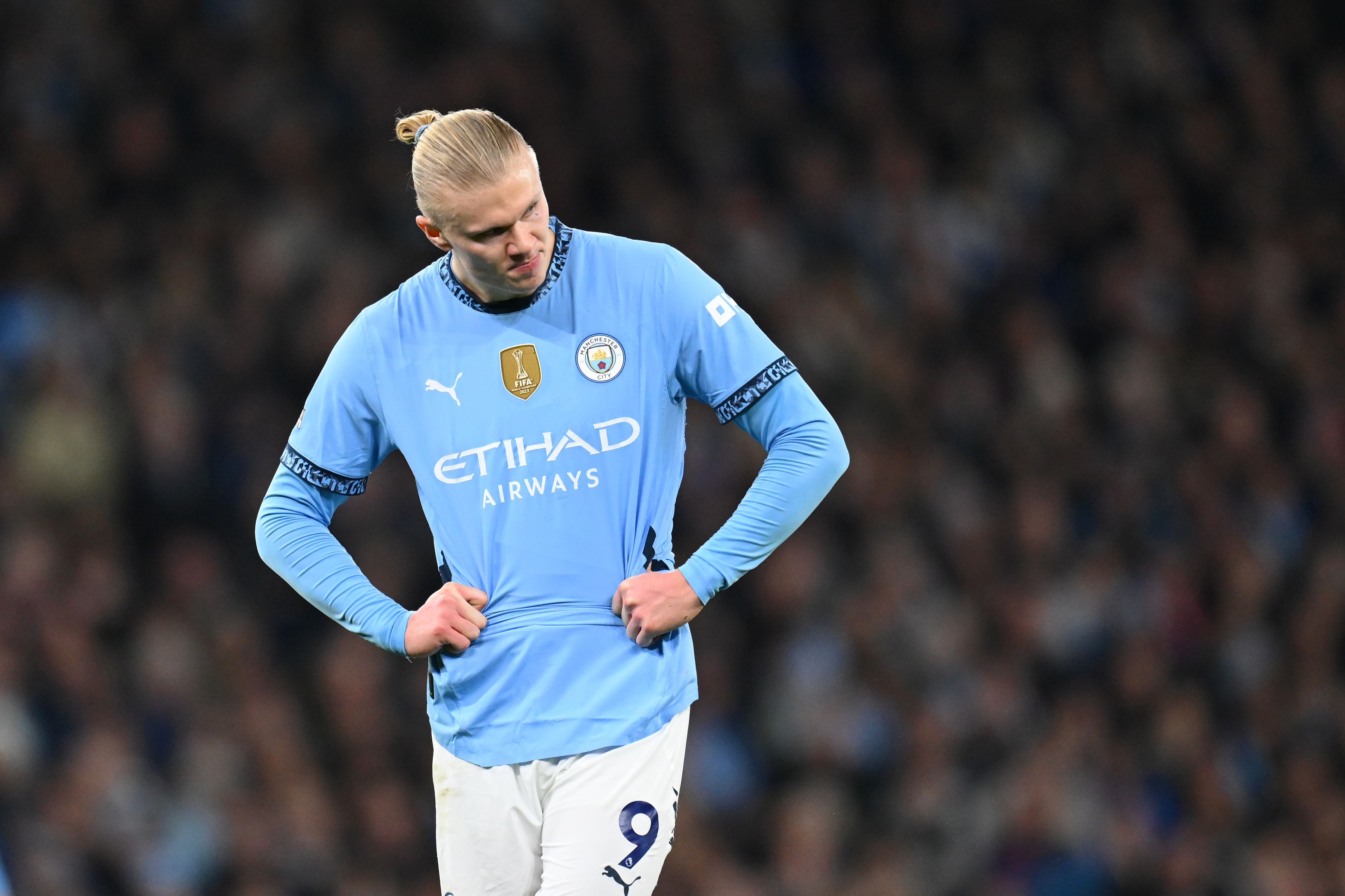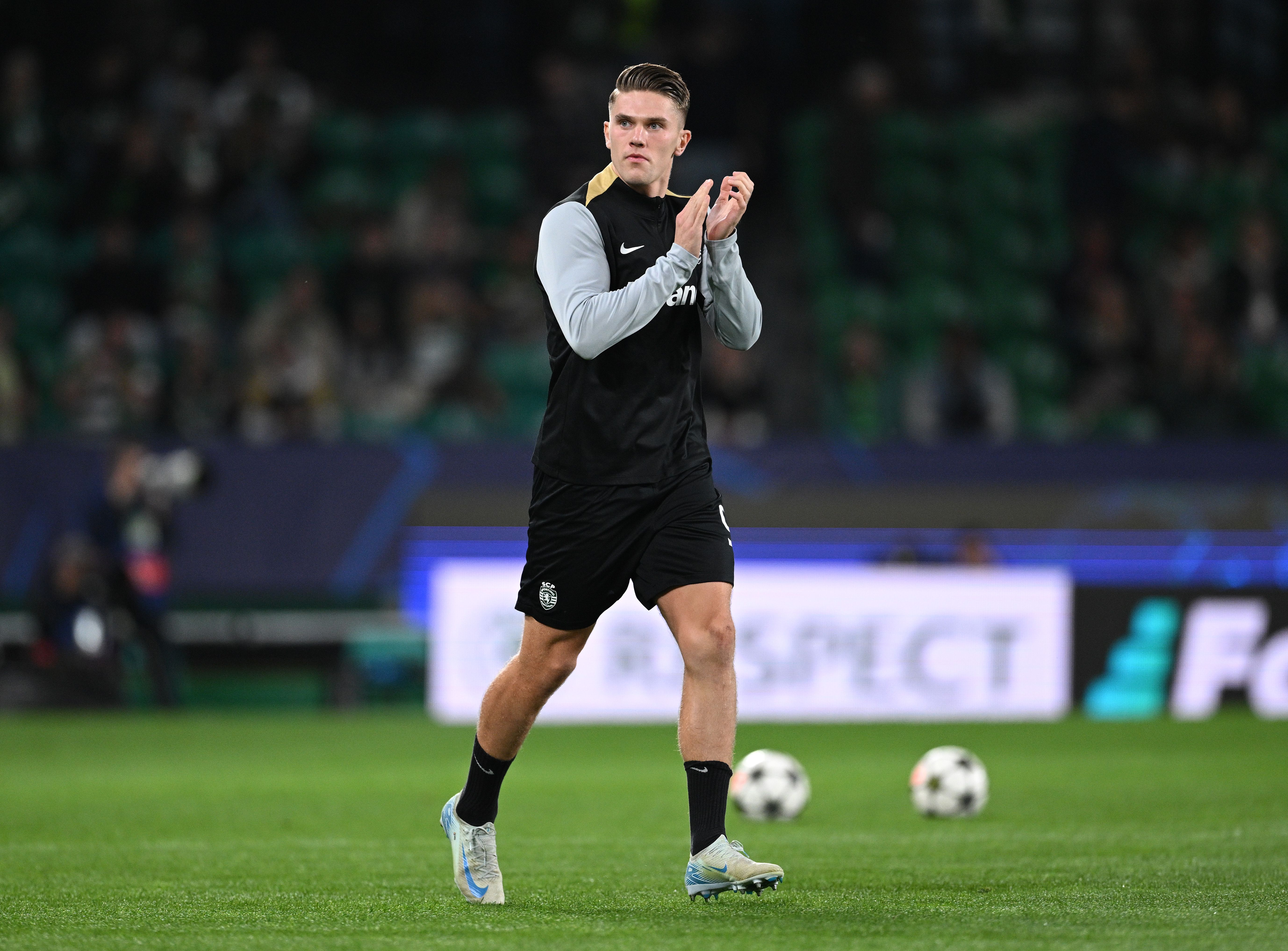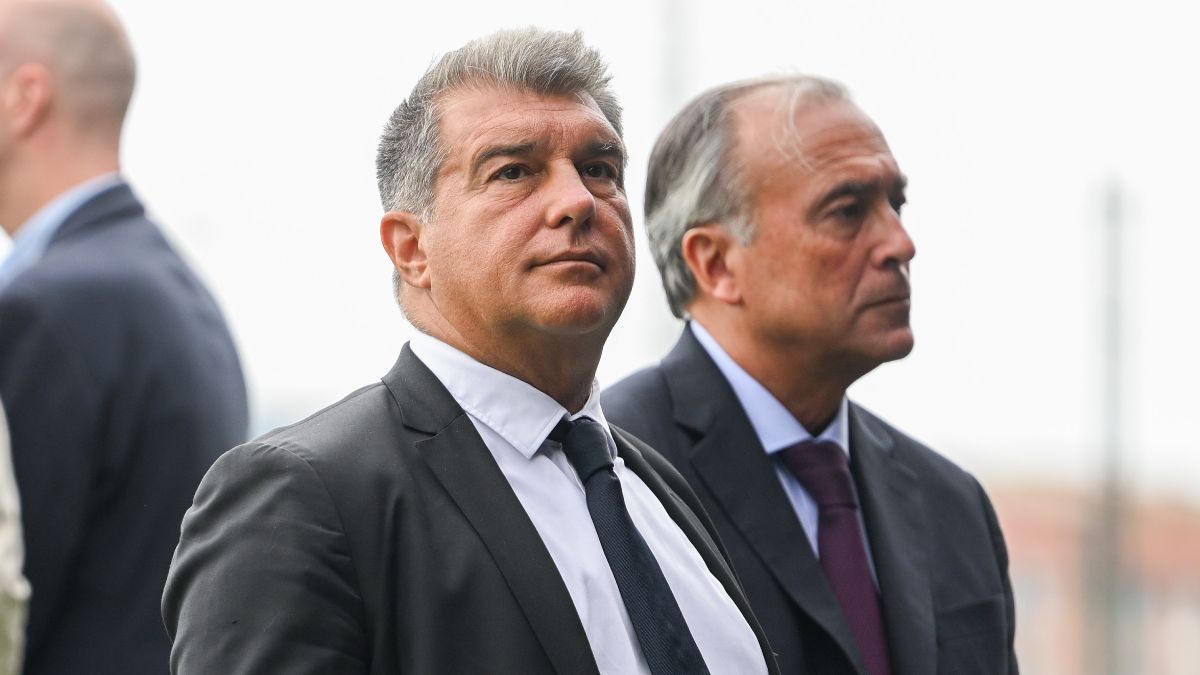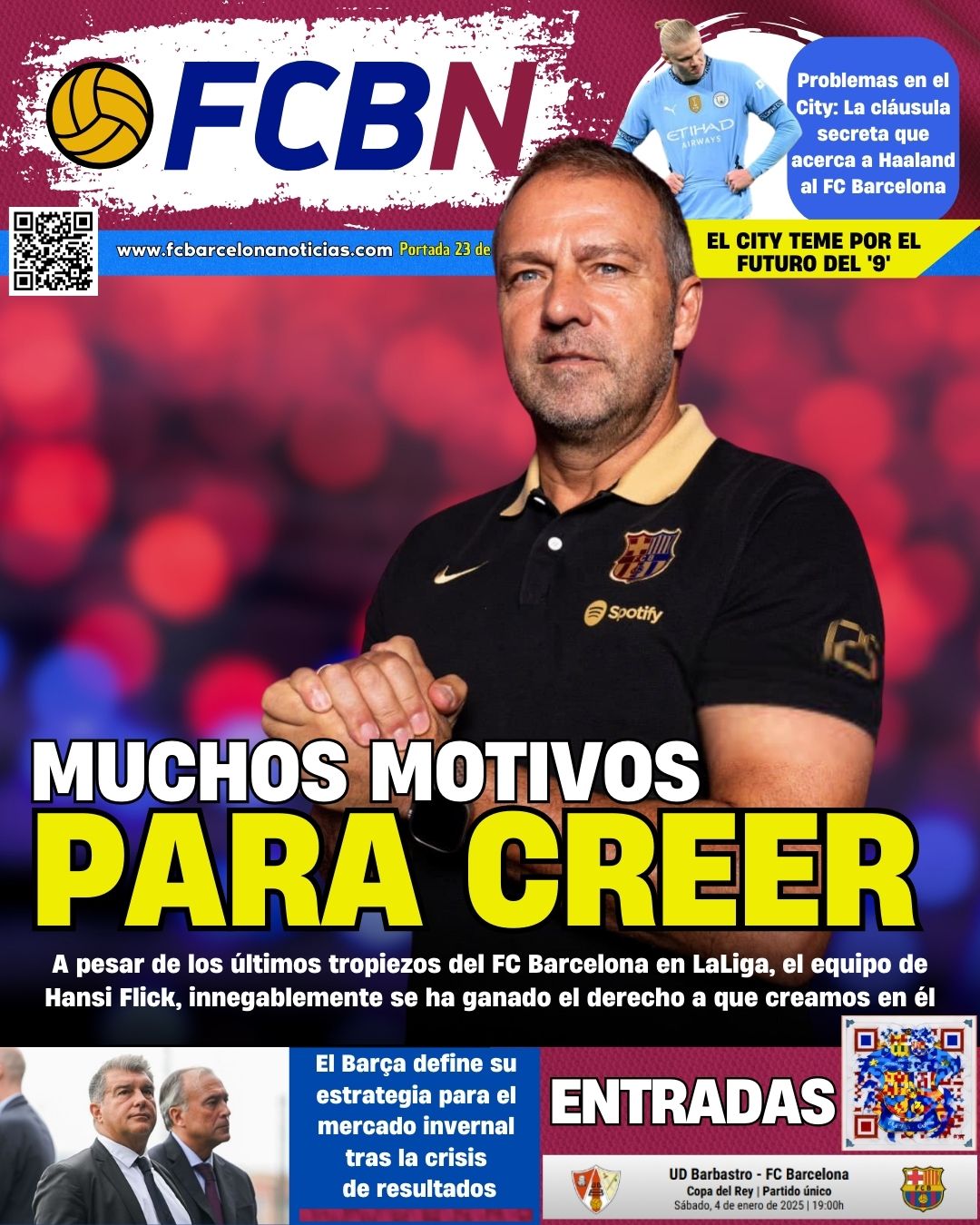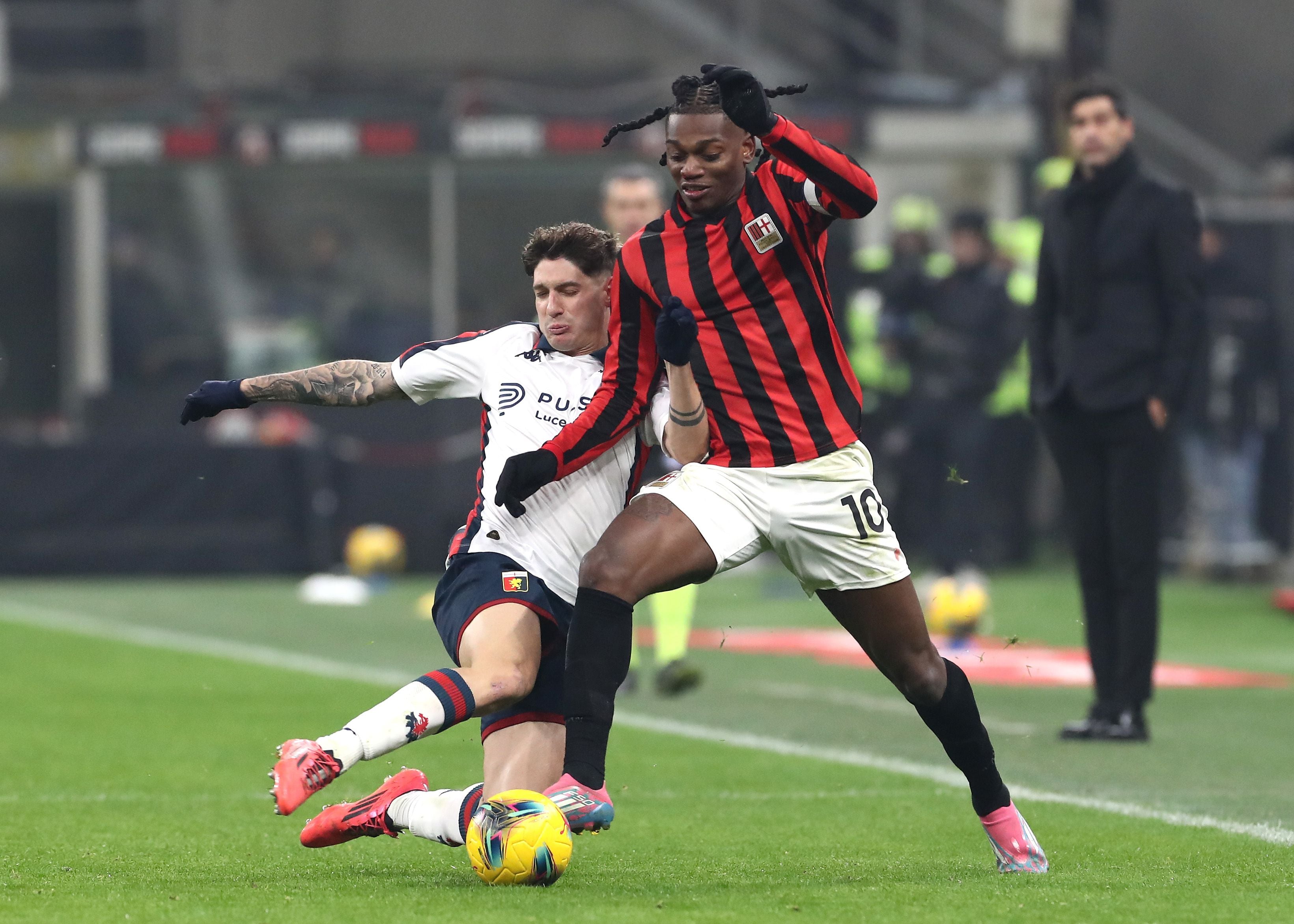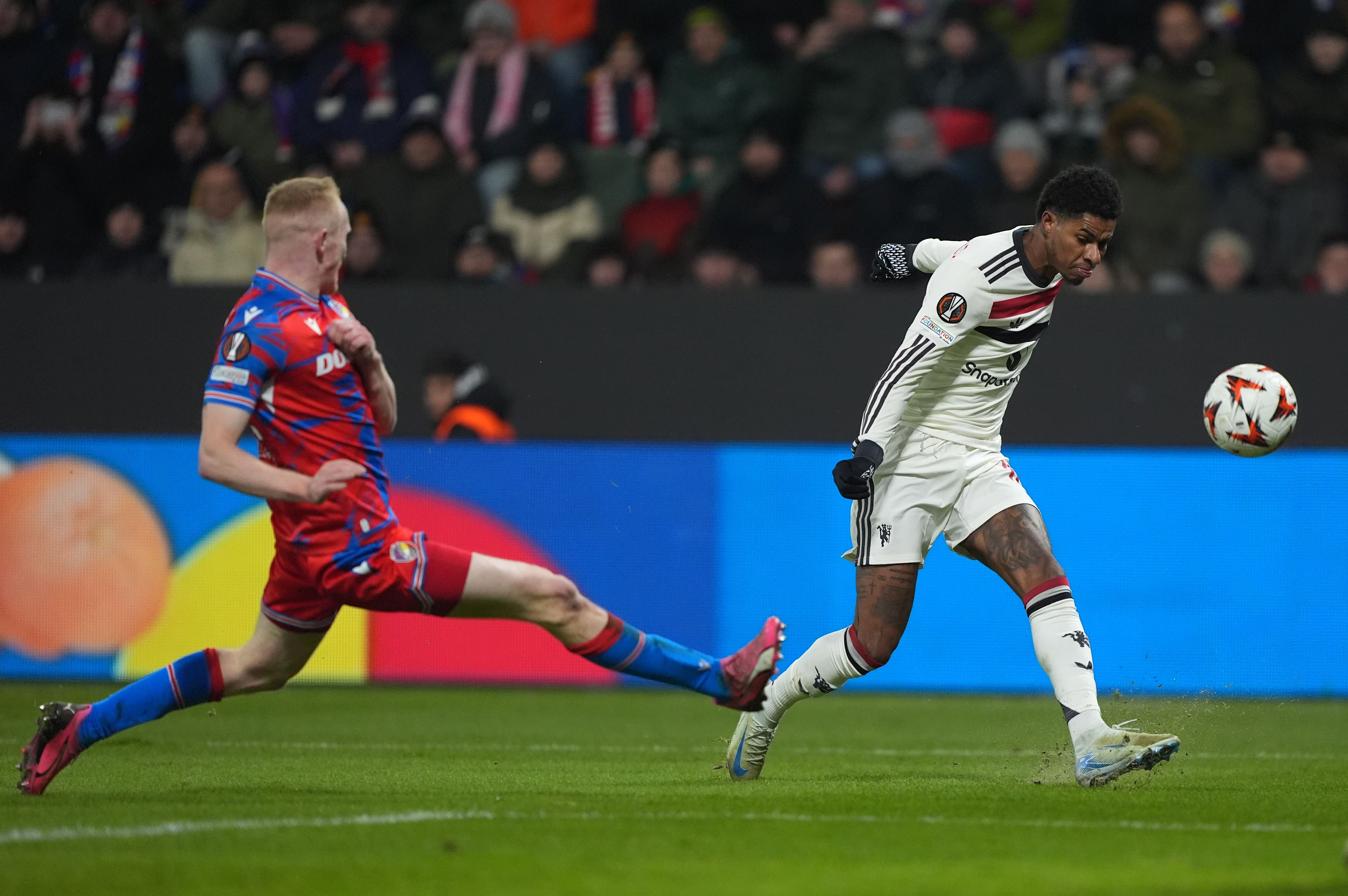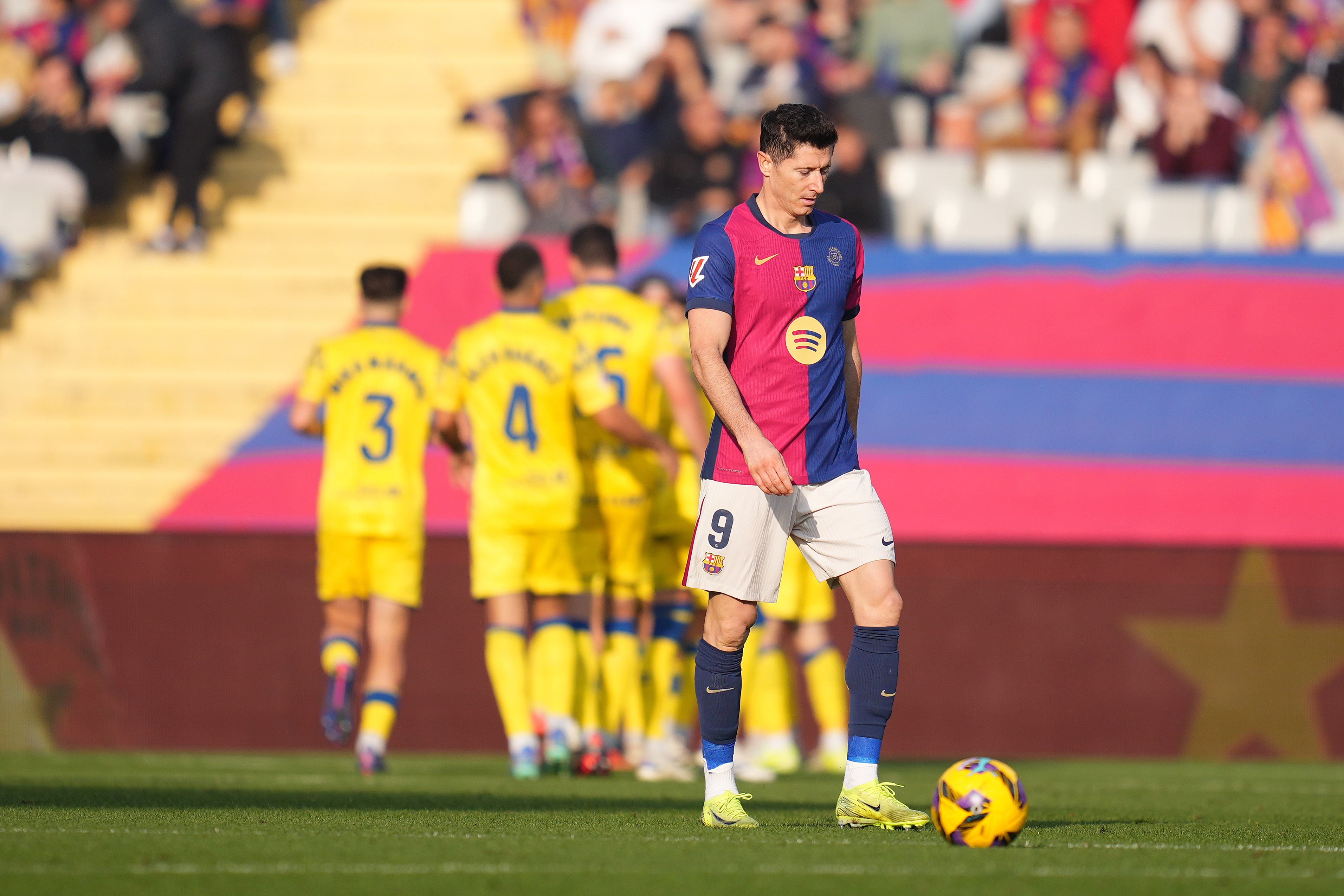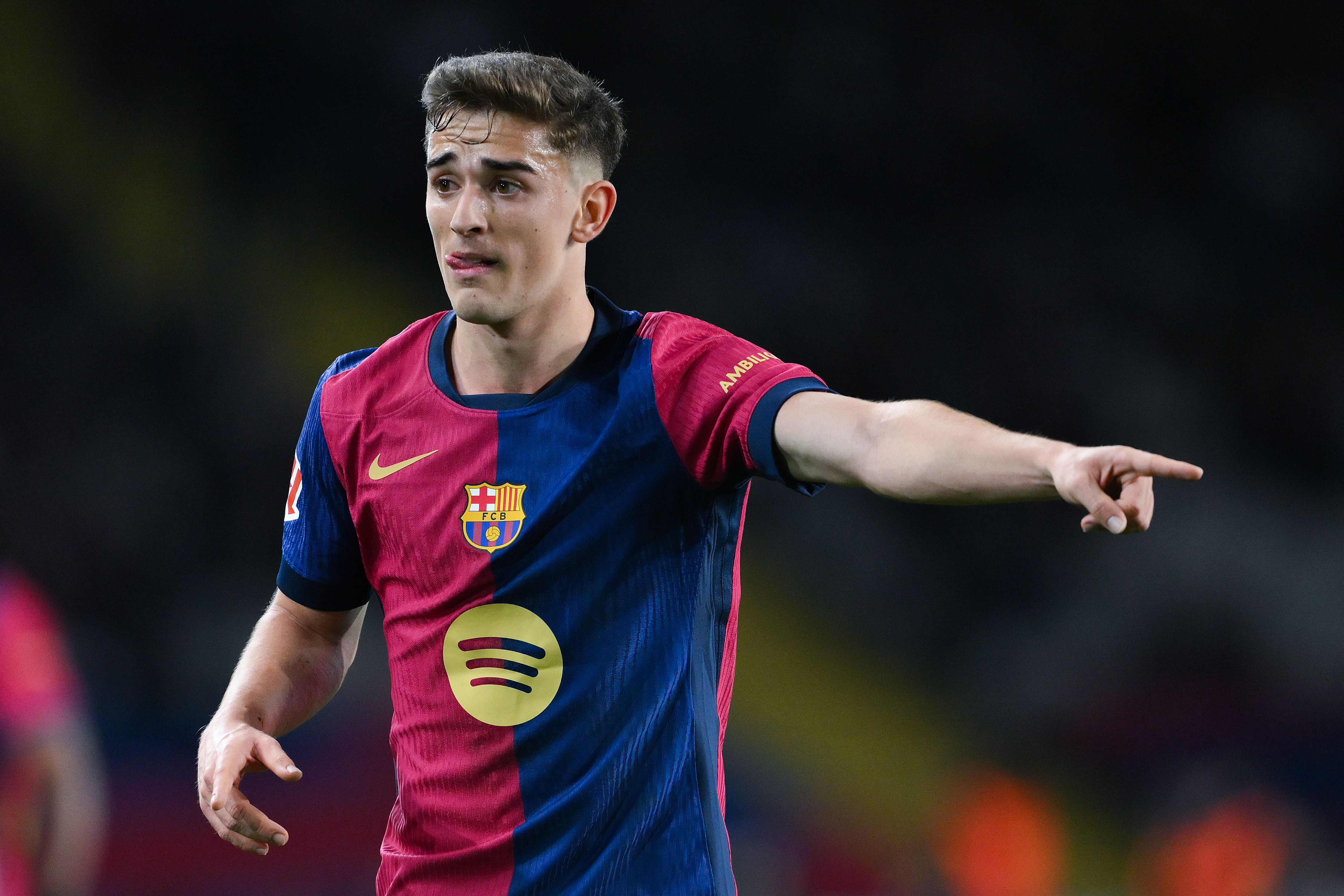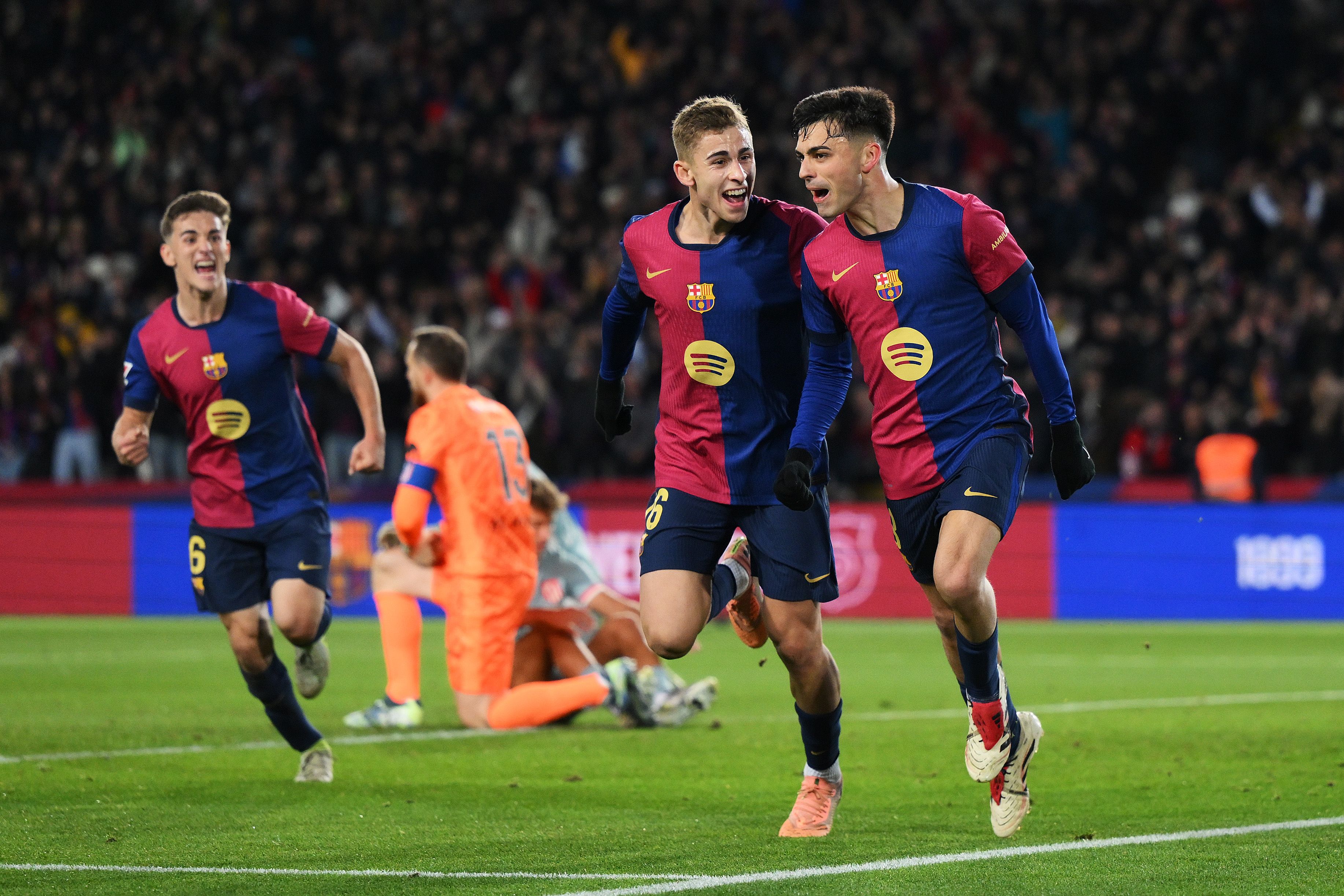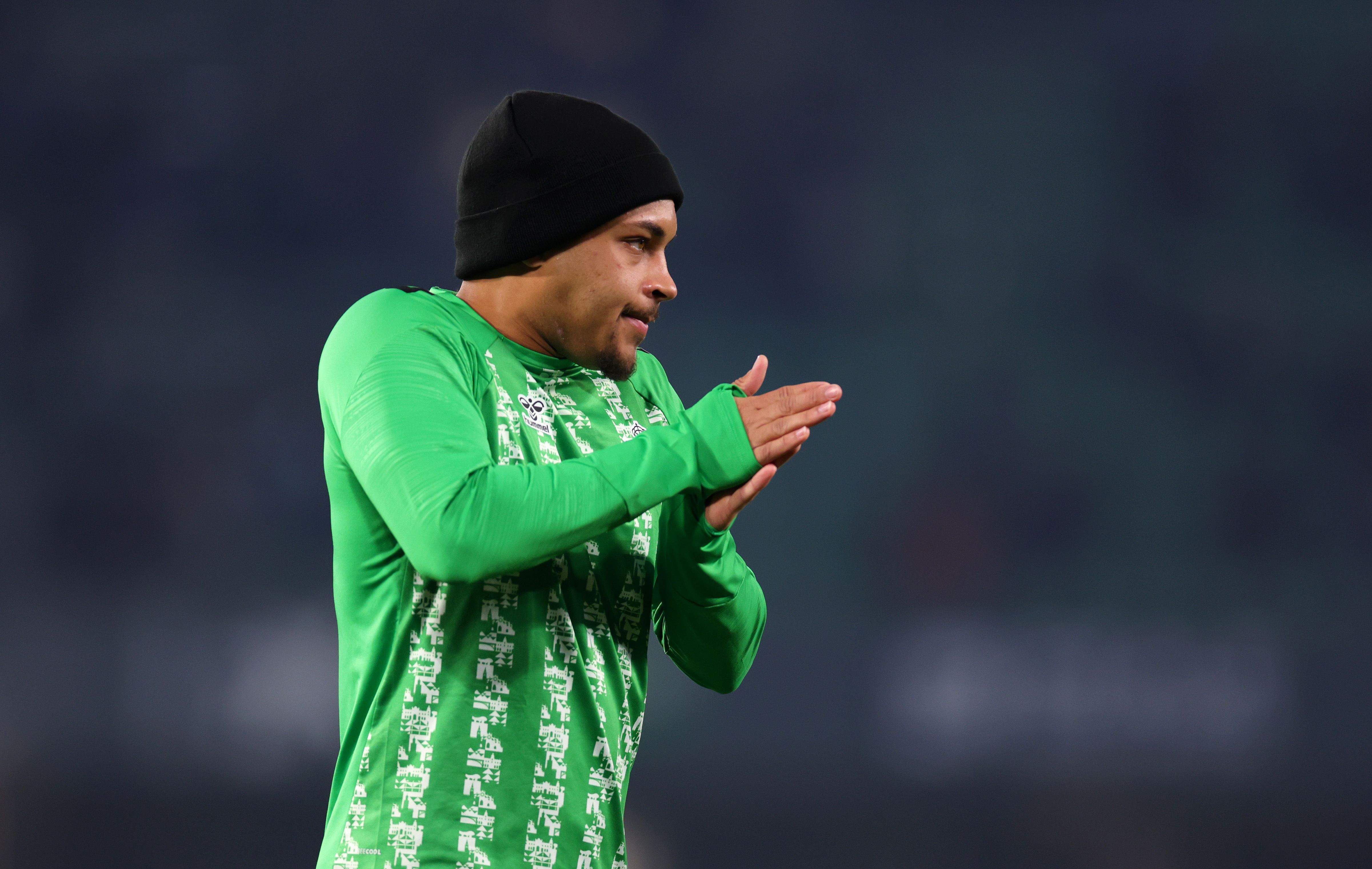
'JAN' ASSUMED THE REINS OF THE CLUB AGAIN IN 2021
Successful management? The signings that have been made in Laporta's 2nd term at FC Barcelona
Published:2/09/2024 - 12:29h
Updated:2/09/2024 - 12:30h
For Joan Laporta and his work team, the club's delicate economic situation has not been entirely an impediment to making moves regarding transfers. In fact, the culé club, under the Catalan lawyer's second term, has made a series of important additions. Do you want to know what they are? We tell you about them at FCBN
It is no secret to anyone that the current president of FC Barcelona, Joan Laporta, has had a second cycle in the Blaugrana presidency, perhaps not as smooth at a managerial level. Why? There is no other justification than the harsh economic situation in which he took over the club and gradually, with great successes and some failures, managed to stay afloat.
At this point, what has become clear is that in the three years of his current term, the Barcelona lawyer, along with his team, have made significant efforts to try to put together competitive squads season after season, constantly turning to the transfer market, sometimes finding real 'bargains'. At FCBN, we explain how player acquisitions have unfolded in this second era of 'Jan' Laporta behind the presidency of Barça.
Season 2021/22
In this first season of Joan Laporta's second term as a Culé, there were stark differences between the two transfer windows. While the club opted for a more conservative approach in terms of expenses in the summer market, acquiring three players on free transfers: Eric García from Manchester City; Memphis Depay from Olympique Lyon; and Sergio 'Kun' Agüero, also from City, as well as the loan signings of Yusuf Demir (€500,000 from Rapid Vienna) and Luuk de Jong (Sevilla), and the transfer of Emerson Royal (€14 million to Betis), the Catalan side chose a stronger investment in the winter market.
There weren't many signings in January 2022, but there was a significant financial outlay. This time, the Barcelona side paid about €55 million, related to the release clause, to sign Ferran Torres, from Manchester City. This wasn't the only addition of that window, as Barça also bolstered their attack with Pierre-Emerick Aubameyang on a free transfer after his spell at Arsenal and Adama Traoré on loan from Wolverhampton.
They also managed to bring back Dani Alves, who was without a club at that time. All these moves resulted in Barcelona closing the market with a positive balance in terms of investment and expenses, as they made sales totaling €86.7 million and spent around €69.5 million, leaving a profit of €17.2 million.
Season 2022/23
In this season, the Culé team found in the renowned 'levers' a promising way to strengthen the squad as needed to revamp their roster. In fact, that summer saw four signings that represented a significant economic investment, with Raphinha arriving from Leeds United as the standout (€58 million), followed by other 'top' signings like Jules Koundé (from Sevilla for about €50 million), Robert Lewandowski (from Bayern Munich for €45 million), and Pablo Torre (from Racing de Santander for €5 million). This is not to mention that the club did not abandon their policy of free transfers by bringing in Andreas Christensen, Franck Kessié, Marcos Alonso, and Héctor Bellerín.
This significant reinforcement paid off, as Barcelona ended the season as champions of LaLiga 2022/23, breaking a three-year drought. They also lifted the trophy of the Spanish Super Cup 2023. However, financially, according to 'Transfermarkt', they ended in the red, with expenses of around €158 million and only about €39.5 million in income, resulting in a negative balance of €118.5 million.
Season 2023/24
After such significant spending and with a solid squad that had just won two titles, the Culé sports management opted for a quite cautious transfer window for the 2023/24 season, also due to the economic situation. At this stage, the Catalan side only invested around €3.4 million to bring in Oriol Romeu from Girona as a replacement for the midfield. However, two stellar additions arrived on free transfers: Iñigo Martínez and İlkay Gündoğan, who joined the team after their contracts with Athletic Club and Manchester City expired. Additionally, the club opted for loan acquisitions of João Cancelo (Manchester City) and João Félix (Atlético de Madrid).
Similarly, the signing of Brazilian striker Vitor Roque for a fixed fee of 30 million 'kilos' should not be overlooked. In summary, the Culé ensemble closed this chapter with positive numbers, investing around €33.4 million but generating revenues of about €107.4 million, resulting in a profit of €60 million.
Season 2024/25
In the 2024/25 season, FC Barcelona could not make many signings, at least in the summer, due to the salary cap and the 1/1 rule. They only made a strong bet on acquiring Dani Olmo's services (€55 million) from RB Leipzig and Pau Víctor from Girona (€2.5 million). Currently, the accounts are in the red, with only €38.3 million in income and €57.5 million in expenses. It remains to be seen how the Culé club will conclude this season in terms of transfers, as there is still a winter transfer window. Will they seek additional reinforcements to strengthen the squad? Time will tell.
